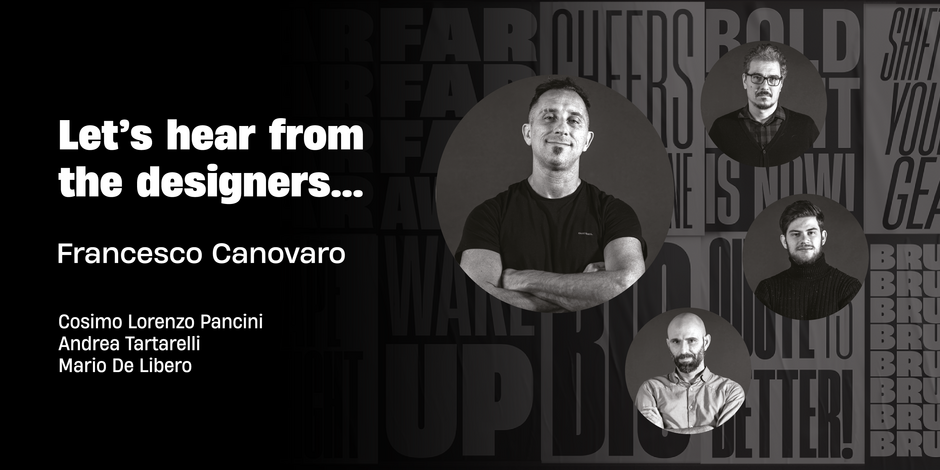#5 Heading Now by Zetafonts

Q1: Where did the idea for the typeface come from? Did you set out to address a specific use or suite of the application? Was this a design you’d had in mind for a while?
Ans: I’ve always wanted to design a sans serif typeface with the ability to solve virtually any design problem. This was probably due to the influence of the 1936 typeface created by the German Deutsches Institut für Normung (DIN) that has become a model for a pragmatic approach to designing typefaces with exceptional levels of versatility. In Heading Now, geometric construction meets grotesque shapes in a way that makes possible a wide spectrum of widths, ranging from ultra-compressed to ultra-wide. Each width was then developed in eight weights, from thin to heavy – making for an exceptionally large typeface family.
Q2: What is the one or two most important things graphic communicators should know about the typeface, or how will the family of fonts help them create better design?
Ans: Heading Now can be used in its compressed widths to manage space on the printed page and screen. In these widths, it excels in titles, subheadings, timetables, infographics, as well as in situations where there is extensive text copy. On the other side, you can use the extended widths for titling situations where style and energy matter more than pixel or paper economy. The Heading family is not only made of extreme widths: you can use the medium width range to design body text, while matching italics provide versatility in text use and provide a dynamic alternate to the bolder weights.